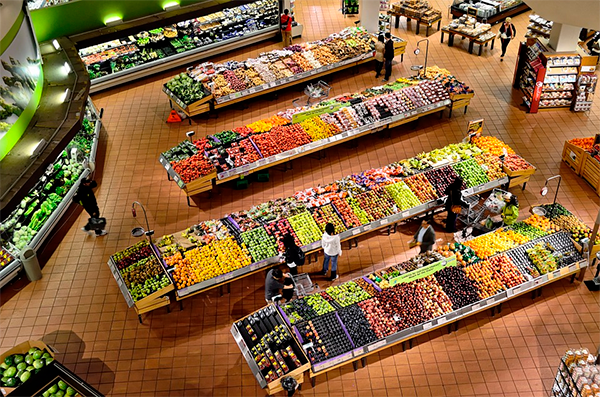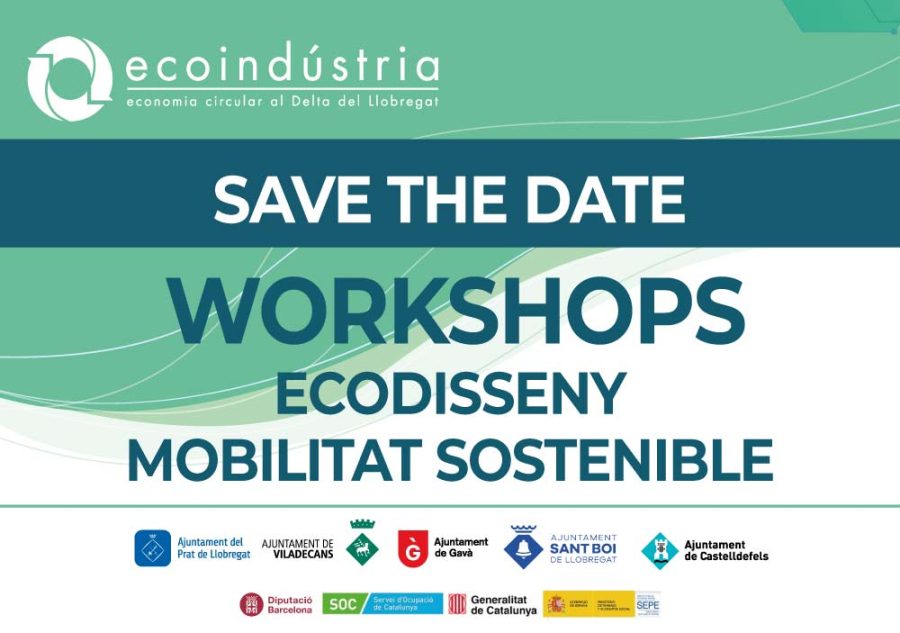The "7th point of the AECOC meeting against food waste" brought together, last September 26, more than 300 professionals from companies, administrations and NGOs. During the event, the study Management of food waste in large distribution was presented, with which Nielsen and Checkpoint, in collaboration with AECOC, analyzed the impact of the loss of fresh food in large chains of distribution.
This event is part of the "2nd Week against Food Waste", an initiative led by companies in the food industry and distribution that aims to help consumers choose responsible consumption and make good use of food in your home to avoid waste. La Setmana offers utilization workshops, recipes to take advantage of surpluses and training activities in primary schools throughout the country.
The Meeting Point has focused on outstanding cases of success in waste management throughout the value chain, with the participation of companies and projects such as Damm, Too Good to Go, Upprinting Food, Nufri Group, Sonae, Food for Soul, Gate Gourmet and Campos Estela.
Carmen Redondo, director of institutional relations at Hispacoop, presented the initiative launched two years ago by this association to fight food waste and raise consumer awareness.
Among the many initiatives presented during the day, To Good To Go, a mobile application that helps fight food waste, should also be highlighted. Its Country Manager, Oriol Reül, assures that more and more companies and consumers are joining the project.
In addition, the event was the setting for the presentation of the study 'Management of food waste in the large distribution', with which Nielsen and Checkpoint, in collaboration with AECOC, have analyzed the impact of loss of fresh food in large distribution chains.
According to the data in the report, 3.51 TP3T of fresh food in distribution do not make it to market for various reasons and, of these, 2.05 end up being wasted.
By section, the fruit and vegetable section generates the largest amount of discarded products (50% of the participants in the study indicates this) ahead of fish (42%) and meat (8%).
Asked about the phases in which waste is generated, the 75% of the chains participating in the study points to the manipulation of the products by consumers, while a 42% considers that loss is also generated in the manipulation in assisted sales and a 33% that indicates deficiencies in the transport from the logistics platform to the points of sale.
Precisely, the fragility in the handling of the products is the main cause of rejection of fruit and vegetables, according to 67% of the respondents, and also of fish (42%), at the same level as the ease of the genre to be damaged and the difficulty to control its rotation.
BETTER MANAGEMENT OF DISCARDED PRODUCTS AND TECHNOLOGY SUPPORT
On the other hand, the 67% of the large distribution companies consider that the waste generated by their activity is less or much less than three years ago. One of the keys is the improvement in the management of products discarded for sale; in fact, one 83% of the surveyed companies currently has a strategy to optimize the identification and management of surpluses.
12% of this potential loss is destined for donation, for 29% that is recovered or recycled and 59% that ends up in the waste manager.
This percentage of food that ends up being wasted can be explained by the fact that the chains encounter serious difficulties in donating products such as meat and fish, which require optimal transport and conservation conditions to avoid food safety risks.
Regarding the rejection identification processes, the 58% of the potential loss is located through specific monitoring protocols, based on the systematic control of the stock or the visual analysis of gender. The 17% is identified through the use of technologies that generate alerts and another 17% is produced through the analysis of optimal consumption and life dates. Only the 8% is detected through the appearance of the products.
In terms of the strategy used to prevent wastage, the 42% of distributors is supported by the use of technology, such as APPS for the management of non-marketable product and labels to follow the shelf life of the food. Along with this technological development, the chains focus their strategies on an improvement in the management of stocks, of the logistics processes and a greater coordination between the departments involved in the transport, handling and sale of gender.
Núria de Pedraza Barber, Director of Communication and Institutional Relations at AECOC, has pointed out that "we are at a time when there is increasing awareness of waste, and we must take advantage, be more sustainable and thus contribute to the Development Goals Sustainable (ODS). In particular, food waste is included under Objective 12 of Responsible Production and Consumption, and it is everyone's task to achieve it".
For his part, David Pérez del Pino, general manager at Checkpoint Systems for Spain and Portugal, recalled that "technology plays an important role in being able to advance in the goal of limiting waste, as it helps companies manage the useful life of the stock”.
Cristina Blàzquez, Consumer & Shopper Insights Senior Executive at The Nielsen Company, believes that "studies like this are very important because they help us know where we are in terms of food waste and think about where we want to go. In this way, the most suitable solutions can be adopted, from the retailer to the consumer, to solve the problems that exist".
DATA ON FOOD WASTE AT HOME
During the day, a study carried out by AECOC was also presented on the food waste that occurs in homes. The 91% is not aware of throwing away food, while a 7% has answered that it frequently rejects. Of this 7%, the majority groups are young people, belonging to the Community of Madrid, and large families with more than 5 members. However, a positive reading can be taken from this study, namely that 2/3 of respondents throw away less rubbish than before.







